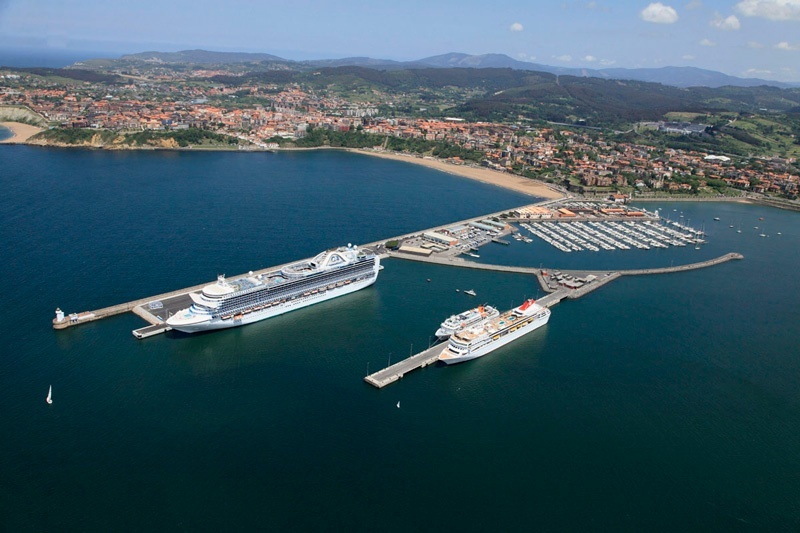The cruise ship industry is leading the technological race toward sustainability in the naval field. The cruise ship industry is positioning itself as a pioneer in the development of responsible practises, with a current estimated investment of over 1 billion dollars in new technologies and cleaner fuels.
Encouraged by regulations, the industry is taking its environmental commitment beyond legal obligations, promoting ever-more efficient ships which, in turn, dock in port terminals with more modern equipment.
Ecological sustainability is part of the cruise ship experience, and the clientele is increasingly aware of the environmental challenge we face. Passengers are demanding efficiency, and the industry is responding: today, cruise ships consume up to 70% less fuel than 20 years ago.
Leading environmental technology
Noteworthy innovations designed by the cruise ship industry include Exhaust Gas Cleaning Systems (EGCS), which reduce the level of sulphur oxides by up to 98%. Cruise ships are working to use advanced waste water treatment systems, alternative fuels, such as natural liquid gas (NLG) and gas emission reduction technologies.
Another one of the keys to ship sustainability is recycling and reducing on-board generated waste as much as possible. Some cruise ships are recycling or reusing practically all of their waste, turning it into power. It is estimated that60% more waste per person is recycled on cruise ships than on land.
Certain initiatives go even further in applying clean technologies. With Ecoship, a Transatlantic ship that will cut down on CO2 emissions by up to 40%, so habitual for a large-tonnage ship, and will reduce fuel consumption by 20%, largely thanks to the extensive use of solar panels. Although this is an awareness project, it is another sign of the course that cruise ships have set for themselves.
Port equipment for more efficient stopovers
On this steadfast path forward in technological progress, we must make a mandatory stop at the new port equipment for cruise ships. Innovation is also present at each stopover for passenger ships, found in port elements such as sea gangways and bollards.
Along these lines, Prosertek makes special mention of its work on passenger gangways for the innovative cruise ship terminal of Bilbao. It was with good reason that engineering of this mobile gangway was rated as “the most modern in the world” by the leading naval industry company Hempel.
This gangway connects passengers with the ship by means of a mobile platform, similar to the “fingers” used at airports, providing for more flexible, comfortable and safer reception. Thus, the cruise ship terminal facilitates landing and disembarking manoeuvres in all situations, also placing an environmental focus by incorporating systems and controls to optimise energy efficiency.



Comments are closed.